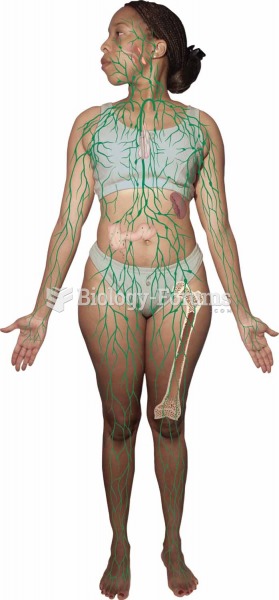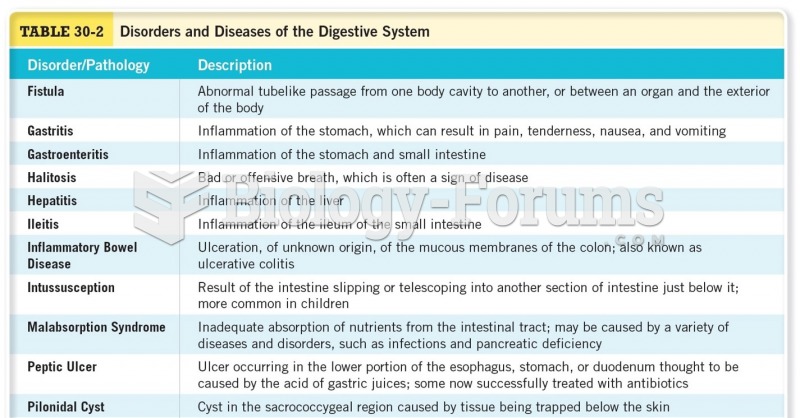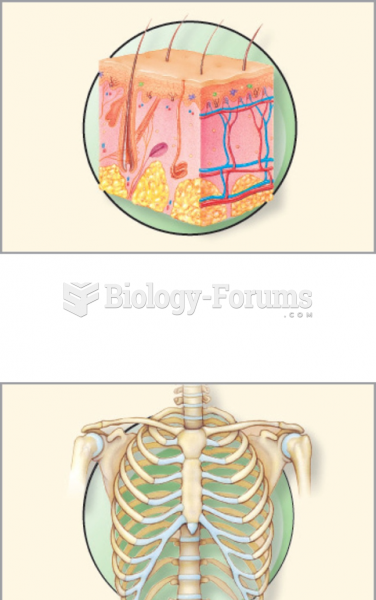|
|
|
Hip fractures are the most serious consequences of osteoporosis. The incidence of hip fractures increases with each decade among patients in their 60s to patients in their 90s for both women and men of all populations. Men and women older than 80 years of age show the highest incidence of hip fractures.
The people with the highest levels of LDL are Mexican American males and non-Hispanic black females.
A seasonal flu vaccine is the best way to reduce the chances you will get seasonal influenza and spread it to others.
Automated pill dispensing systems have alarms to alert patients when the correct dosing time has arrived. Most systems work with many varieties of medications, so patients who are taking a variety of drugs can still be in control of their dose regimen.
Vaccines prevent between 2.5 and 4 million deaths every year.







